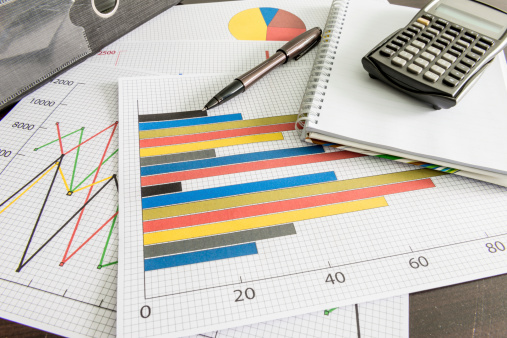How to Get the Most Out of Your Sales Data

Some people consider themselves to be “numbers people.” They’re good with math and easily understand spreadsheets and charts. Then there’s the rest of the population that actually shudders when they start thinking of endless lines of data. Data and numbers can sometimes seem impersonal and meaningless if you don’t know what you should be looking at.
Whether or not you’re a “numbers person,” as a seller you have to know how to use data and analytics to your advantage. When you focus on the right things, everything will start to make sense and you’ll be able to narrow down those numbers into actionable behaviors that will impact your bottom line.
It all begins by tracking. You’re probably using a CRM, but are you using it to its fullest potential?
Probably not.
Begin by continuously inputting information. You’ll be creating a record that will then serve to provide you with insights into what’s working, what isn’t and how you can improve.
You should be tracking these specific things:
- Prospecting
- First appointments
- Sales cycle
- Time to close
- Forecasting accuracy
- Ratios
Knowing just how much prospecting you’re doing by the numbers will help you assess whether you need to step it up or just keep it up.
First appointments are inevitably tied to how many deals you’ll close. You’ll never be closing more sales than you had first appointments, so knowing exactly how many first appointments are leading to how many eventual closes will help you make necessary adjustments.
Understanding the sales cycle and knowing exactly how many pending deals are in which stages of your pipeline, you’ll have a handle on the timing of possible closes. Keeping the first appointment stage continuously filled will be helpful in ensuring there’s a steady flow throughout the pipeline.
Using the numbers to show you just how long your average deal takes is crucial. When a deal is taking significantly longer than the average, it’s far less likely to happen. Knowing exactly how long each deal is taking plays a big role in your forecasting accuracy.
In fact, knowing all of your numbers from your prospects and leads, first appointments, how many opportunities are in each stage of the sales cycle, and the time to close is essential to improving how well you’re able to forecast what will actually turn into a sale. Instead of relying on anecdotes and gut-feelings, data will turn your forecasting into something that’s much more systematic.
Finally, knowing the ratios between all of these data points will help you assess every new opportunity with much more efficiency. What’s the average number of calls or emails it will take to get a first appointment? On average, how many first appointments must you have for a deal to close? These types of questions will help you establish specific ratios which you should always be striving to beat.
Staying focused on your numbers will help you improve by seeing where the holes are and what you should change in your process to fill them. So stop looking at your CRM data with contempt and start trying to understand it, because after all, it’s just there to help you.
The opinions and points of view expressed in this commentary are exclusively the views of the author and do not necessarily represent the views of MediaVillage/MyersBizNet management or associated bloggers.

